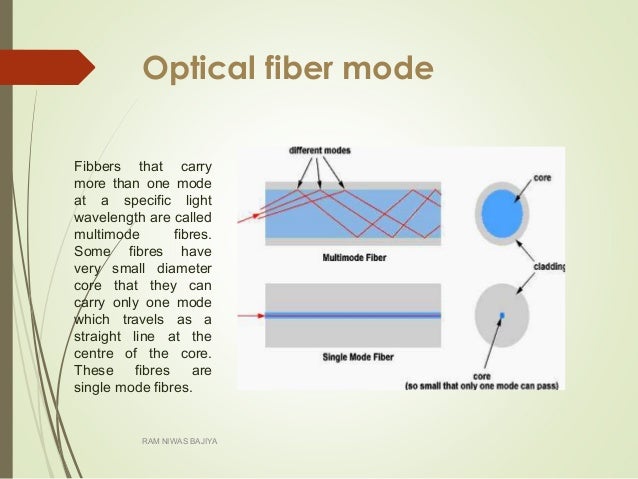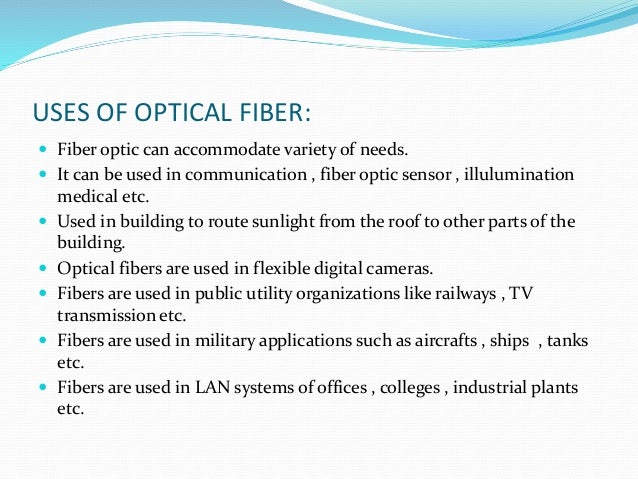Optical Fibre Ppt For Mac
A fiber optic cable is much smaller and lighter in weight than a wire or coaxial cable with similar information carrying capacity. Fiber optic cable is ideal for secure communications. Low production cost (euro/km) 18 Bibliography. Optical Network Design and Implementation, Vivek Alwayn, Cisco Press, 2004. Fiber Optics Handbook Fiber, Devices,.
Fiddler is a free web debugging tool which logs all HTTP(S) traffic between your. Debug traffic from PC, Mac or Linux systems and mobile (iOS and Android). Fiddler2 for mac. Feb 8, 2018 - Overview. I could not find a good walkthrough so here is one for you. Disclaimer: This is on the latest OS and Latest version of Fiddler Beta. Oct 17, 2016 - Extract fiddler-mac.zip to a folder you have write access to. It is recommended that the full path to the Fiddler install folder does not contain any.
Optical Fibre Ppt For Mac
Forty years of optical fiber technology research It has been 40 years since the NTT Research and Development Center was opened in 1972 in Tsukuba. The research and development of optical fiber technology also has a history of roughly 40 years. The current optical broadband service infrastructure, which connects 17 million customers, is the result of developing technologies such as single-mode fiber, optical cables, optical interconnects, and operation and maintenance systems. Initially, optical fiber equipment was intended to create an optical fiber network that was as easy to handle as wired networks. However, to obtain high speed and a wide bandwidth, sophisticated skill or knowledge was often needed to build, maintain, and operate the equipment, and, depending on the amount of information being transmitted, the additional care resulted in time-consuming work. The situation was gradually improved through technical innovations, but several issues remained.

By resolving these issues and achieving ease of use comparable to or better than that of metal cable, we will be able to provide services of even better quality and at lower cost compared with the efficiency benchmark of working with wire. Rapid fault handling Optical access equipment extending outward from communications buildings is designed to be highly reliable and to withstand harsh environments. However, in extremely rare cases, faults can occur that interrupt service. To repair such faults and quickly restore service, the location and cause of the fault must be narrowed down as much as possible before sending maintenance staff to the site. To achieve this, we are working on three new approaches that will allow us to categorize such faults remotely ( Fig. Three approaches to categorize remote fault locations.

2.1 Accurate measurement of remote fault points The optical time domain reflectometry (OTDR) technique currently used in the field to measure the distances to fault points is not highly accurate, so it is therefore difficult to determine the precise location and cause of a fault. The phase-noise-compensated optical frequency domain reflectometry (PNC-OFDR) technique that we are researching overcomes these problems. In addition to locating faults, we can also detect tiny identification (ID) patterns embedded in remote connectors, creating the potential for entirely new facility operation scenarios. 2.2 Measurement to distinguish fault points below a splitter In passive optical networks (PONs), optical splitters are placed at locations close to the customers to increase the efficiency of equipment sharing. However, if a fault occurs between a splitter and the customer’s residence, the location of the fault cannot be determined correctly using conventional OTDR.
We have devised a principle that enables us to obtain measurements below individual splitters using a physical phenomenon called Brillouin scattering, which occurs within the optical fiber, and have demonstrated this principle for the first time. If this approach can be implemented practically, it will overcome one of the major difficulties with PONs. 2.3 Information linkage between an optical fiber and transmission systems When a fault occurs, we use different instruments and systems to diagnose the fault in each transmission path (optical fiber) and transmission system. We have focused on measuring the round-trip times between an optical line terminal (OLT) and each optical network unit (ONU). This approach is often employed with PON systems, and we have shown that we can convert the measurement data to an optical fiber length and map ONU MAC (media access control) addresses to the location of reflections at the end of an optical fiber. By establishing this technology, we will be able to use it both to locate faults and to detect potential faults, thus providing preventative maintenance. Brillouin scattering: Optical scattering that occurs within a medium due to phonons (sound waves) and that involves changes in frequency.
Building an equipment database, and safe and secure work navigation Communication services are provided through various types of equipment. This equipment is complex, and there is a large amount of it, so a lot of work is involved in carefully managing and maintaining a database for each type of equipment. If we are to increase the efficiency of this administration work, we must construct an inexpensive mechanism that can build and update the database autonomously without requiring manual intervention.
Optical Fibre Ppt For Mac Download
The mechanism must assign a unique ID to each element of the equipment. We are conducting applied research on an equipment management system using image processing and augmented reality (AR) technologies as an effective means of achieving this.
An example of the use of AR technology on optical patch panels in a communications building is shown in Fig. The optical patch panel has connector terminals densely arranged with 4 × 7 mm spacing. The positions of markers attached to the patch panel beforehand are captured with a camera. Then an AR image of the terminal matrix is drawn on the monitor based on a unique ID, and this can be used to direct the work. Also, because the state of the work is being monitored, the database can be built and updated autonomously. Moreover, failsafe functions can be implemented to prevent errors. Thus, we are progressing with research and development (R&D) of a navigation system that can maintain a database that is always up to date and that facilitates safe and secure maintenance work.
Navigating on-premises terminal panels using AR technology. Flexible branching of an optical fiber With metal cables, current flows as long as there is contact, so branches can be established anywhere. If optical fibers could be similarly branched, it would expand the range of operations and maintenance scenarios in which they could be used. Local light injection technology involves placing a probe fiber near a bent section of optical fiber and injecting light through the probe fiber ( Fig. Light radiating from the optical fiber passes through the insulation, so some corresponding losses are unavoidable. However, the system should be practically usable if a stable level of coupling efficiency that is suitable for the operational application can be ensured by optimizing the refractive-index-matched materials, optical lenses, and probe position.
For example, until now, it was necessary to have a person in the communications building who would inject optical test signals into fibers. However, this line illumination work would change significantly if such test signals could be injected at arbitrary locations. We are also studying applications for tasks such as checking the link status of a line, and for short-interruption optical media switching, which is described below. Local optical injection/detection technology. Switching optical media in the broadband era Twenty years ago, when telephone services were dominant, if work was undertaken only when lines were not being used, there was little effect on customers. Now, however, in the optical broadband era, information flows nonstop, 24 hours a day, 365 days a year, via Internet, cloud computing, video distribution, and other services.
Therefore, the old approach cannot be used without affecting customers. We are conducting R&D to find ways of switching optical media that are appropriate for the modern era.
5.1 Uninterruptible optical access line switching system Approximately four years ago, we conceived principles that enable media to be switched without the disconnection or suspension of services and were able to demonstrate the practical implementation of this approach. Profile Career highlights Executive Manager, Senior Research Engineer, Supervisor, Access Media Project, NTT Access Network Service Systems Laboratories. Yuji Azuma received the B.E.
Optical Fibre Ppt For Macbook Pro
Degree in electrical engineering from Doshisha University, Kyoto, in 1984. He joined Nippon Telegraph and Telephone Public Corporation (now NTT) and engaged in research on the characteristics of multicore optical fiber and fiber nonlinearity. From 1989, he was engaged in the troubleshooting and development of optical fiber networks and IP networks. He moved to NTT Access Network Service Systems Laboratories in 2006 and has been engaged in R&D of access media and equipment maintenance. He is a member of the Institute of Electronics, Information and Communication Engineers.